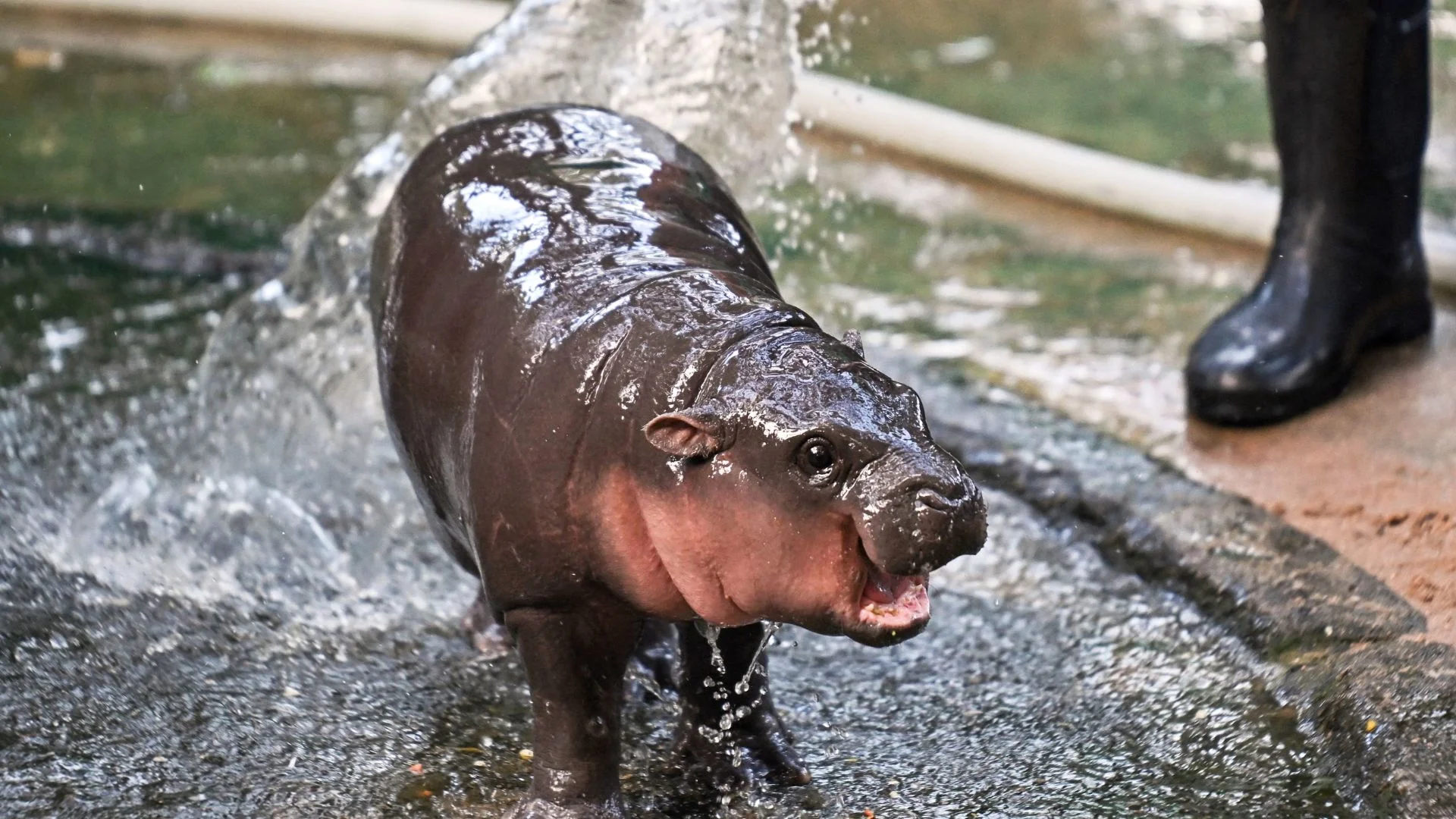
In 1997, a cargo ship named the Tokio Express encountered a rogue wave while en route to New York, nearly capsizing and causing the loss of all 62 shipping containers on board. Among these containers was a trove of nearly 5 million Lego pieces, which sank into the sea, resulting in what has become known as the Great Lego Spill.
Nearly 27 years after the spill, Lego pieces from this incident continue to wash up on beaches across Europe. The containers lost at sea included a variety of toys, such as 79,680 spear guns, 33,427 black dragons, 50,000 brooms, and 97,500 scuba tanks. Among the more sought-after items are the green dragons, with only 514 originally in the container, and black octopuses, considered rare by Lego enthusiasts.
Tracey Williams, a Cornwall resident, has been tracking and documenting these finds since 2010. Her fascination began when she discovered a Lego piece on the beach, which she found remarkable. Williams, who authored the book “Adrift: The Curious Tale of the Lego Lost at Sea,” shares her discoveries through Facebook and Instagram, recounting the journey of these pieces across Europe. According to her research, the Lego has been spotted as far away as the Channel Islands, France, Belgium, and the Netherlands. Some believe the pieces may have traveled around the globe, though much remains undiscovered on the seabed.
For many beachgoers, stumbling upon a Lego piece from the spill is a delightful surprise. Finding a common piece can be exciting, but discovering rarer items like the green dragon is seen as a significant accomplishment. This quest for Lego pieces has become a unique form of treasure hunting for some.
While the discovery of these Lego pieces brings joy to many, the spill’s environmental impact is a serious concern. The Lego Group has acknowledged the incident, stating that it never intended for its products to end up in the sea. The company has expressed its commitment to environmental sustainability, emphasizing its efforts to mitigate such accidents in the future.
A spokesperson for the Lego Group remarked, “We are serious about our role in helping to look after the planet. Our ambitious sustainability strategy aims to leave a positive impact for future generations.”
The Great Lego Spill of 1997 continues to be a source of fascination and a reminder of the environmental challenges associated with plastic waste. As Lego pieces wash ashore, they bring both nostalgia and a call for greater environmental responsibility.














